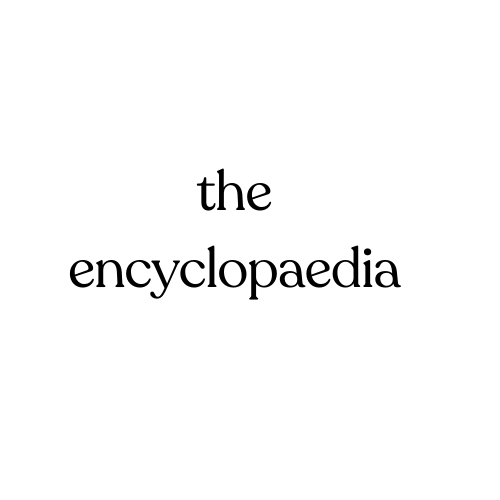Exploring the Cultural Diversity of Morocco
Morocco, located at the crossroads between Africa and Europe, is a land of a rich cultural tapestry woven from the threads of its history, geography and diverse people. From the bustling souks of Marrakesh to the quiet blue alleys of Chefchaouen, Morocco offers a captivating mix of traditions, languages and customs that reflect its vibrant heritage. This article aims to delve into Morocco's multi-faceted cultural scene, highlighting its distinct regions, languages, cuisine, art, music and festival
Geographic and historical context:
Located in the northwest corner of Africa, Morocco has a diverse terrain that includes rugged mountains, vast deserts, and a stunning coastline along the Atlantic Ocean and the Mediterranean Sea. Its strategic location has made it a melting pot of cultures throughout history, with influences from indigenous Berber tribes, Arab conquerors, Muslim scholars, European colonizers, and sub-Saharan African immigrants.
Languages and ethnicities:
Morocco is a mosaic of ethnicities and languages, with Arabic being the official language while Amazigh (Berber) is spoken by the indigenous people. In addition, French is widely spoken due to Morocco's colonial past, and Spanish is widespread in the northern regions. Linguistic diversity reflects the country's rich cultural heritage and reflects its interactions with various civilizations over the centuries.
kitchen:
Moroccan cuisine is famous for its aromatic spices, delicious tagines, and sweet pastries. Basic ingredients such as couscous, olives, mint and lamb are central to many traditional dishes. Blending flavors from Arabic, Berber, Mediterranean and Andalusian cuisine creates a unique culinary experience. Street food stalls serve up delicacies like harira (a hearty soup), mashwa (slow-roasted lamb), and msmen (crusty pies), attracting locals and visitors alike.
Art and architecture:
Moroccan art and architecture are a testament to the country's rich cultural heritage and Islamic influences. Intricate geometric patterns, vibrant mosaics, and ornate carvings adorn mosques, palaces, and madrassas. The famous medina (old cities) in cities like Fez and Marrakesh feature labyrinthine alleyways filled with bustling markets where artisans sell handcrafted pottery, textiles, leather goods and jewellery.
Music and dance:
Music and dance are an integral part of Moroccan culture, serving as an expression of joy, spirituality and identity. Traditional music genres such as Andalusian, Gnawa and Chaabi blend local rhythms with influences from sub-Saharan Africa, the Middle East and Europe. Instruments such as the oud, the qaraqab (castanets), and the cambri (three-stringed bass) accompany enchanting performances that captivate audiences during festivals and celebrations.
Festivals and celebrations:
Morocco hosts countless festivals and celebrations that highlight its cultural diversity and heritage. The Fez World Spiritual Music Festival brings together musicians and performers from around the world to celebrate spiritual unity and artistic expression. Other notable events include the Marrakesh International Film Festival, the Gnaoua World Music Festival in Essaouira, and the Rose Festival in the Dades Valley.
Conclusion:
Morocco's cultural richness lies in its ability to embrace diversity and celebrate its countless influences. From the majestic Atlas Mountains to the busy streets of Casablanca, the country's cultural fabric is a testament to its resilience and vitality. By preserving its traditions while embracing modernity, Morocco continues to enchant visitors with its hospitality, cuisine, art and music, inviting them to explore its vibrant mosaic of cultures.

.png)